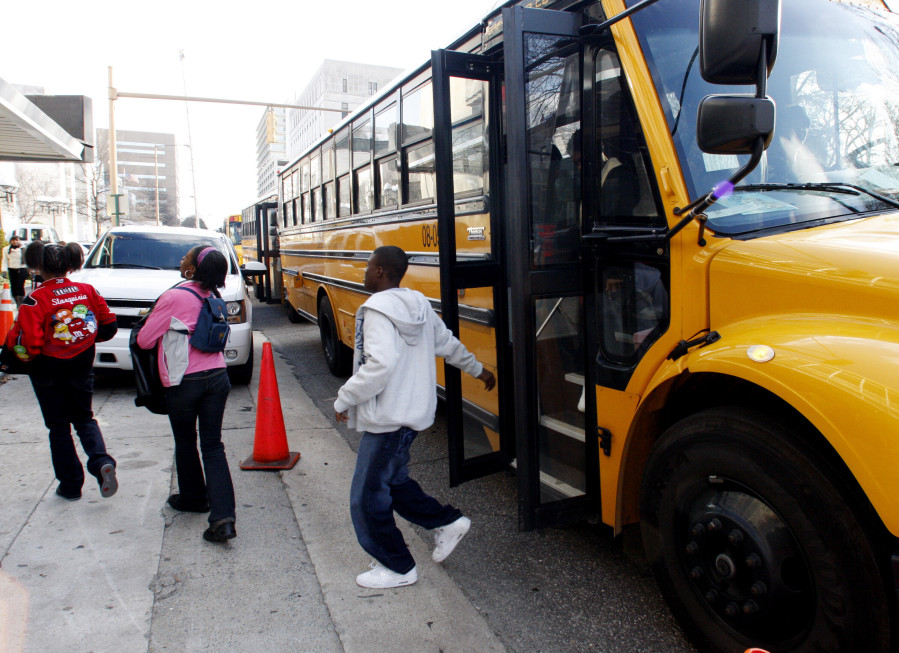
As schools resume sessions, many parents face a significant milestone: deciding if their child is ready to stay home alone after classes. This decision often arises from the need to balance work responsibilities with childcare options, as after-school programs can be both costly and scarce. While some states, like Maryland, have established legal age limits—making it illegal to leave children under the age of 8 unattended—most jurisdictions leave the determination to parents.
Experts suggest that children aged between **11 and 13 years** may be suitable candidates for this new responsibility, but they caution that readiness is determined by various factors beyond just age. According to **Jaesha Quarrels**, director of child care services at **Oklahoma Human Services**, “It’s not a one-size-fits-all ordeal. You really have to understand the bigger picture.” She emphasizes that inadequate supervision can lead to preventable injuries and neglect, underscoring the importance of assessing a child’s capabilities.
The **American Academy of Pediatrics** states that most children aren’t equipped to handle emergencies until about age **11 or 12**, recommending structured supervision until that point. Yet, age should not be the sole criteria. **Brian Tessmer**, director of treatment and operations at **Family Resources**, a nonprofit organization based in **Pittsburgh, Pennsylvania**, encourages parents to evaluate a range of factors as children mature at different rates.
Key questions should guide this evaluation. Children should be able to recite their full name, home address, phone number, and the name of a parent or guardian. Knowledge of how to contact that person is also critical. Beyond basic information, children should demonstrate the ability to follow rules, manage routines, and engage themselves with homework or other activities.
Parents should consider whether their child can perform tasks such as dialing a phone, preparing a snack, or locating basic first aid supplies. Additionally, they should assess the child’s understanding of emergency procedures, such as what to do during a tornado warning or if a smoke alarm activates. The ability to call **911** in case of an emergency is essential, but equally important is a child’s willingness to act when needed.
Emotional readiness plays a significant role in determining if a child can handle being home alone. Quarrels notes that parents often prioritize their convenience over a child’s feelings. “We need to consider how the child feels. Are they confident? Can they handle loneliness, fear, or boredom?”
Communication is crucial in this transitional period. Tessmer suggests that parents should frame this new responsibility as a family milestone. Reinforcing trust can help children understand the privilege of being home alone. “We have confidence in you,” he says, which can bolster a child’s sense of security.
When establishing rules, clarity is key. Children should be aware of what they can and cannot do while home alone. Stoves, matches, and other potentially dangerous items should remain off-limits. Ensuring children know to stay indoors and not to open the door to strangers is vital. They should also be instructed never to disclose their home-alone status on social media or to callers.
Quarrels advises that parents keep house rules visible and review them regularly. To ease anxiety and build confidence, role-playing scenarios—such as answering the door or dialing 911—can be effective. Starting small can also help; parents can initially leave children alone for short periods while they remain nearby.
The advent of smartphones and home security systems adds an extra layer of comfort for both children and parents. Tessmer recommends that parents check in on their child regularly if they plan to be away for more than **15 to 30 minutes**.
Ultimately, assessing whether a child is ready to be home alone involves a thoughtful consideration of numerous factors, ensuring that both the child’s safety and emotional readiness are prioritized.






